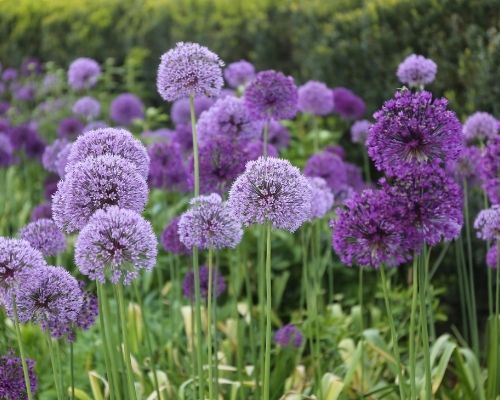Your Guide to Planning, Planting, and Growing Alliums
Alliums are members of the onion family. Cut a stem or crush a leaf and the connection is obvious! In the garden, these late spring and early summer flowers have a look that’s both regal and playful.
An allium flower head is a cluster of individual florets. The overall shape of this flower cluster can be round, oval or cascading, and the flower color may be white, yellow, pink, purple or blue. Heights also vary, with some alliums standing just 5 inches tall, and others reaching 4 feet. Each type of allium adds its own distinctive style and personality to the garden.
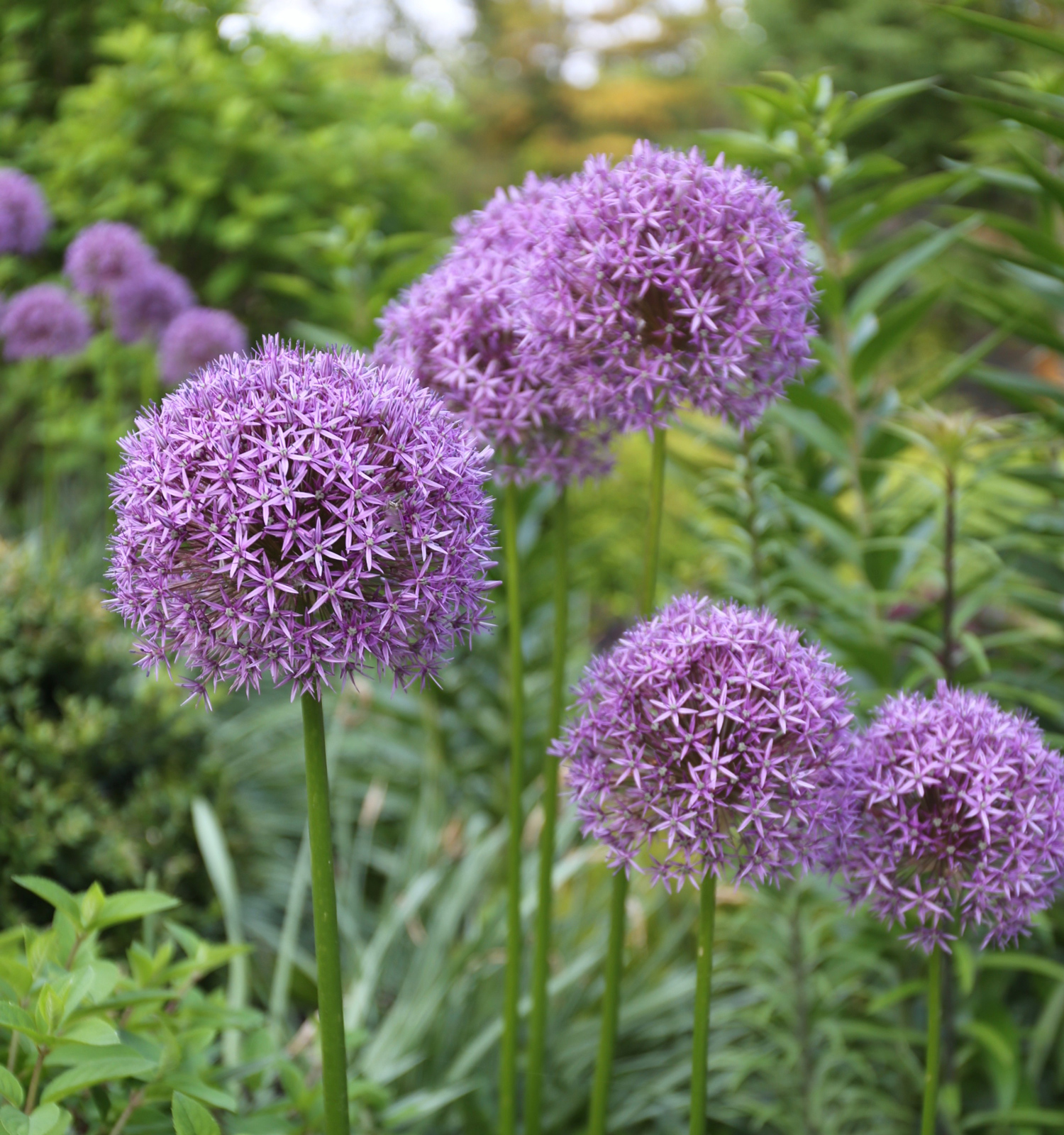
Start With a Better Bulb
When you compare two allium bulbs side by side, it’s easy to see differences in quality. Larger bulbs (as shown at far left) contain more stored food energy and will produce stronger plants with bigger flowers. Longfield Gardens provides top size allium bulbs, so you can always enjoy the biggest, brightest blooms.
To see our complete selection of allium bulbs click HERE.
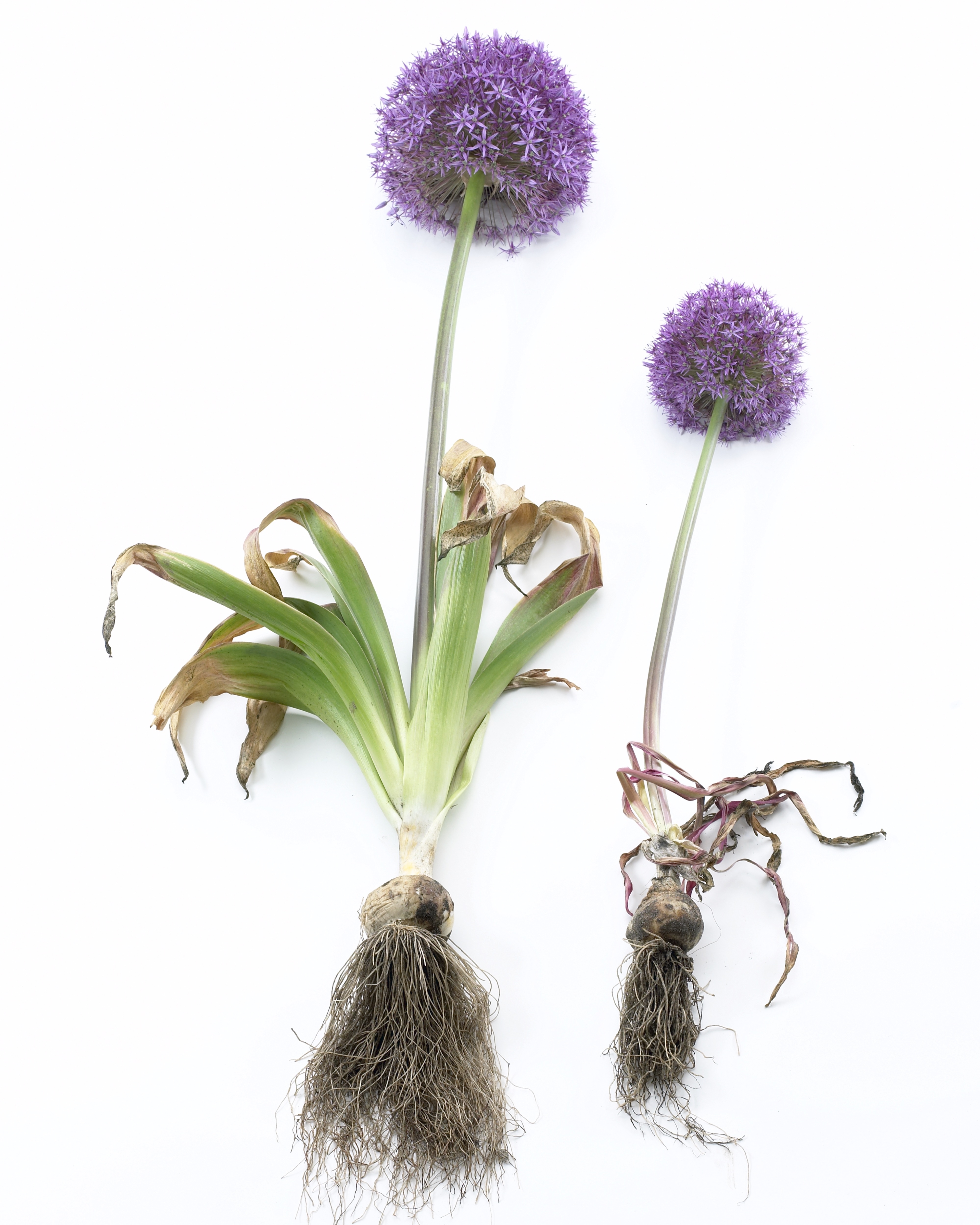
Plan for Success
Sun or Shade: Alliums grow best in full sun, though most types will also tolerate partial shade.
Hardiness Zone: The bulbs are generally winter hardy in zones 3-8. To find your growing zone, refer to the USDA Hardiness Zone Map here.
Soil Conditions: Like most other bulbs, alliums need to be grown in well-drained soil that does not get soggy.
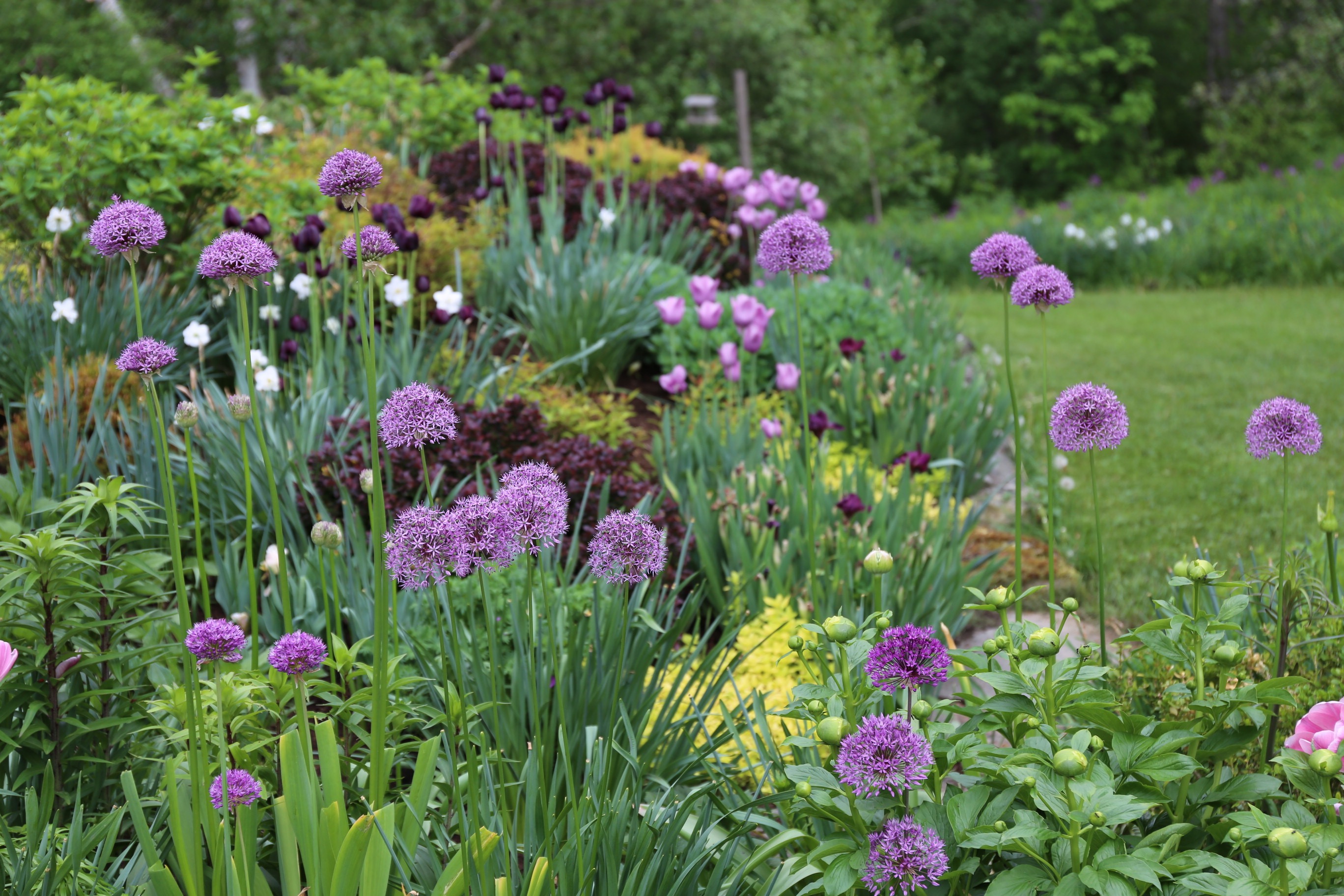
Where to Plant Alliums
Perennial Gardens: Most alliums bloom in late spring, along with the last tulips and just before irises and peonies. The flowers last for weeks and appear to hover over the garden like balloons. After flowering, both flowers and foliage fade away, allowing summer perennials to take center stage. Some of the best alliums for perennial gardens include Gladiator, Globemaster, Purple Sensation and Allium christophii.
Rock Gardens: Alliums are well-suited to rock gardens, where they thrive in the well-drained pockets between rocks. Choose species that are smaller in size, such as Allium flavum, Allium karataviense and Allium sikkimense.
Cutting Gardens: Alliums are excellent cut flowers. Their stiff stems make them easy to arrange, and the flowers are very long lasting. Planting alliums in a cutting garden will ensure you always have a plentiful supply of flowers for bouquets. Choosing several different types will give you flowers throughout the season. Good options include Purple Sensation, Allium atropurpureum, Mount Everest, Allium sphaerocephalon and Allium tuberosum.
Containers: Many alliums grow well in containers, either planted alone or mixed with in other plants. When they come into bloom, you can move the planter to a prominent spot where the flowers will be easy to admire.
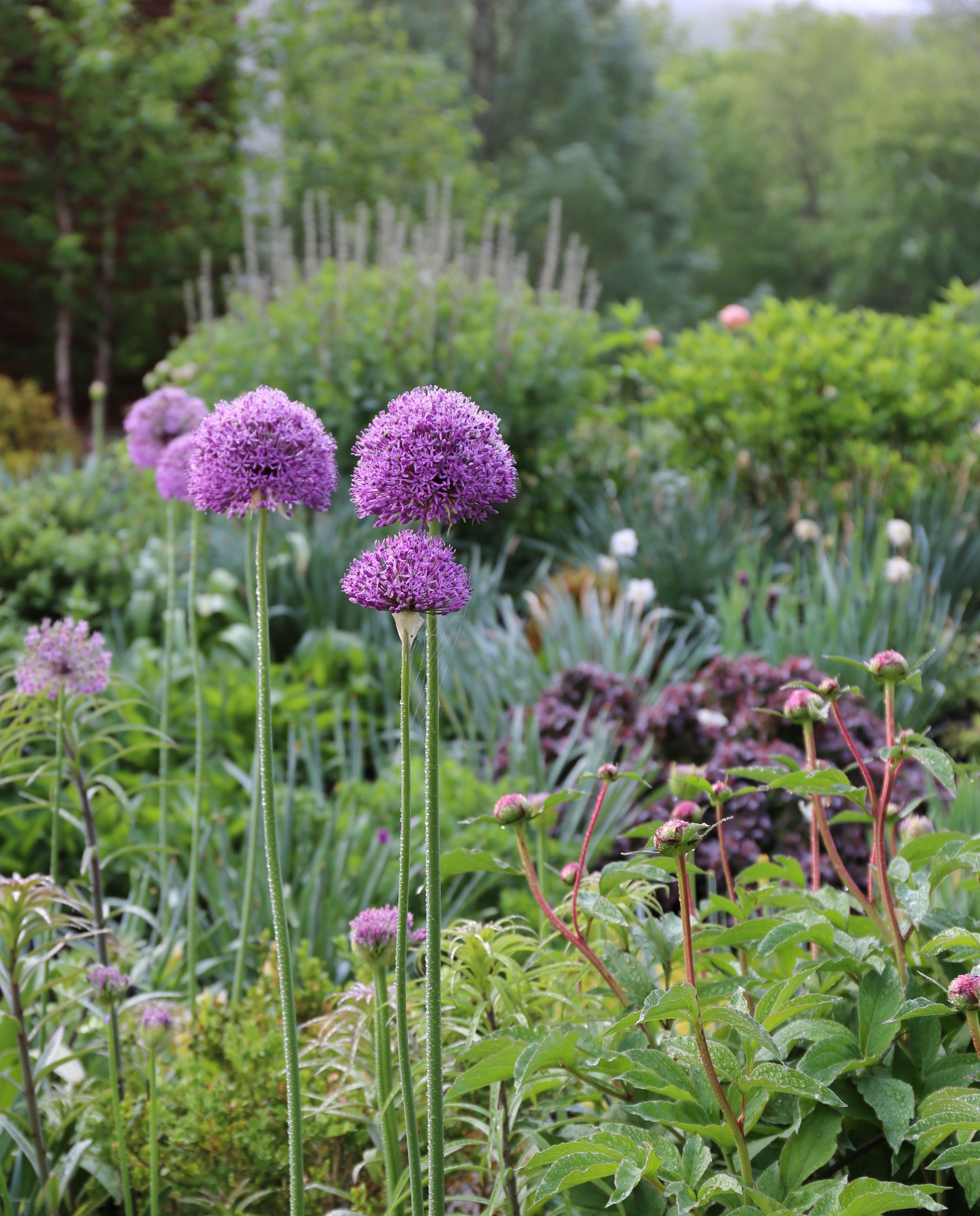
How to Plant Alliums
When to Plant: Alliums that grow from bulbs are planted in the fall, after the first frost and before the ground freezes. Herbaceous alliums (such as Allium tuberosum and Allium Millenium) have fiberous roots like other perennials. These may be planted at any time during the growing season.
Depth and Spacing: Bulb size determines planting depth. Large bulbs such as Globemaster should be planted 5 to 6” deep, while smaller bulbs like drumstick alliums are only planted 3” deep. For best results, follow plant-specific instructions on the package or on our website.
Planting Tips: With alliums, there’s no need to worry about deer, squirrels or voles. They don’t like the onion taste of allium bulbs and almost always leave them alone.
To watch our allium planting video, click HERE.
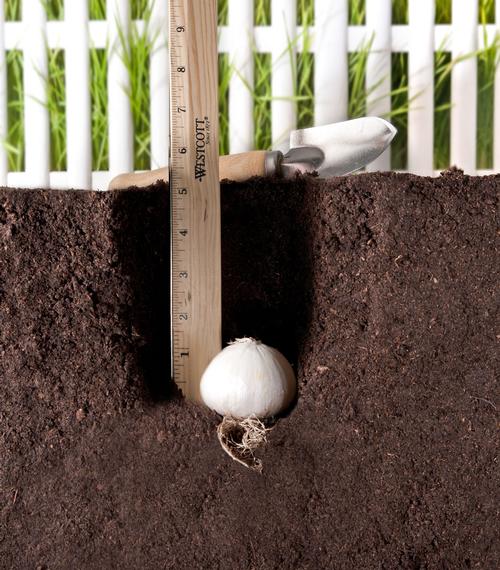
What to Expect
The allium's foliage usually emerges at least a month before the flowers. With some species, the foliage begins to yellow and die back before the flowers have finished blooming. To help hide this fading foliage, plant the bulbs among other plants that will cover the dying leaves. Good companions for alliums include hosta, astilbe and perennial geranium.
Expect to see lots of pollinators when your alliums are in bloom. These bulbs are an excellent addition to any sort of habitat garden.
Like their vegetable garden relatives, alliums are rarely troubled by pests or disease. Deer and pesky rodents rarely show any interest.
Most alliums are perennials. If the species you are planting is winter hardy and the bulbs are well-suited to the growing conditions in your yard, they will usually return to bloom again.

Caring for Alliums After They Flower
Once alliums finish flowering, you can either remove the spent heads or leave them in place. Many gardeners consider the seed heads to be an interesting ornamental feature. Depending on your climate, they can last right through early fall.
Big-headed alliums such as Globemaster and Schubertii rarely produce viable seeds. If the conditions are right, Purple Sensation and drumstick alliums will reseed. To avoid having a carpet of little volunteers, simply remove the seed heads right after the flowers fade and before the seeds ripen.
In addition to alliums that grow from bulbs, there are also herbaceous alliums, including varieties such as Millennium and Summer Beauty. These plants have a large root ball and return to bloom again year after year.
Alliums that grow from bulbs need their foliage in order to produce energy for next year’s flowers. So it's important to allow these plants to die back naturally. Once the foliage has yellowed and withered, it can usually be removed with a gentle tug. When herbaceous alliums have finished blooming, use scissors or hedge shears to trim off the spent flowers. This will keep the plants looking neat and may encourage a second flush of flowers.


